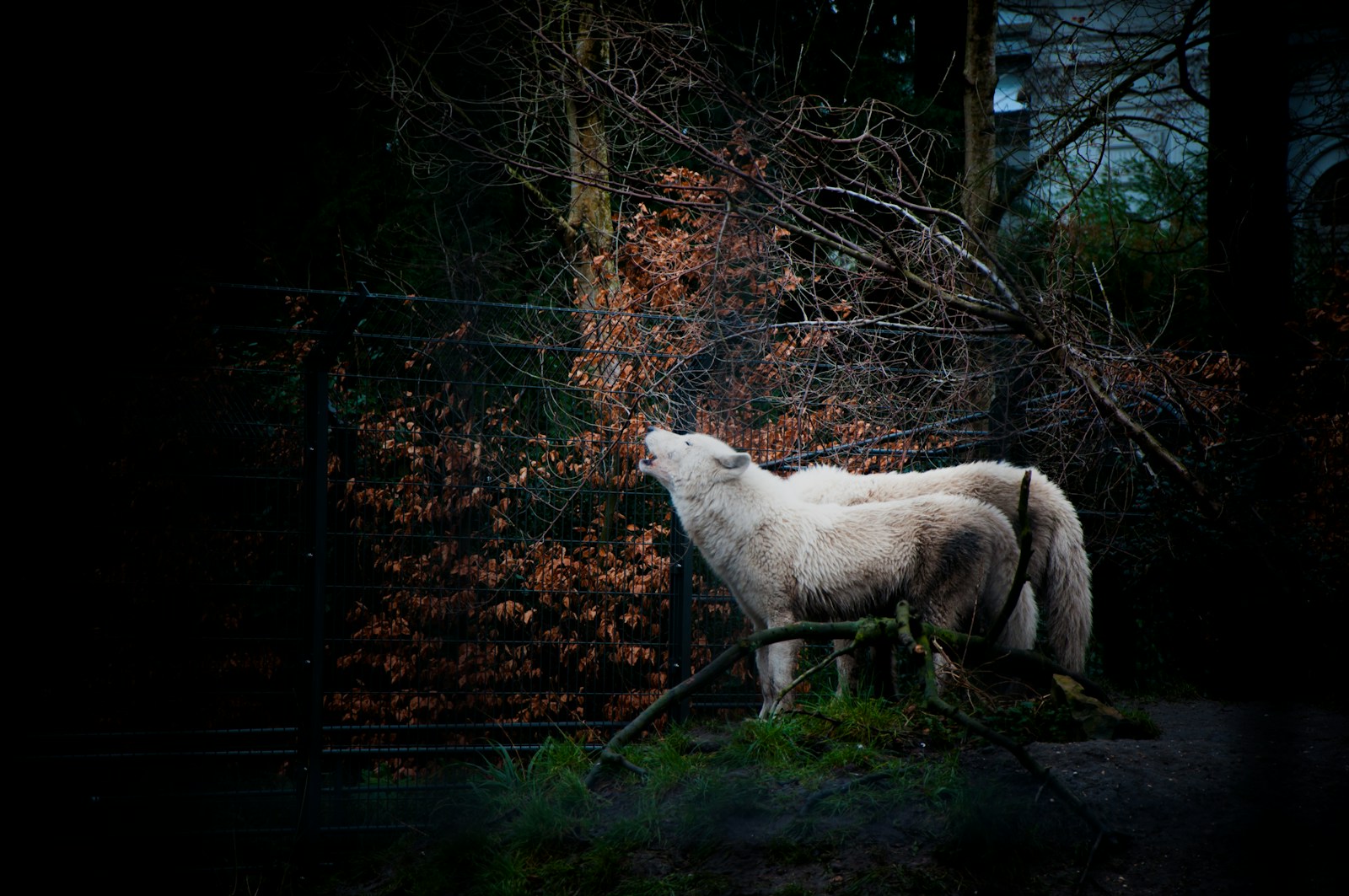In the intricate web of North American ecosystems, a fascinating dynamic unfolds between two iconic canid species: wolves and coyotes. While these relatives share many similarities, their relationship is far from familial harmony. Wolves, as apex predators, exert a powerful influence on coyote populations through direct and indirect interactions. This ecological relationship, known as mesopredator suppression, carries significant implications for entire ecosystems. As wolf populations have recovered in certain regions after near-extinction, scientists have observed remarkable changes in coyote behavior, distribution, and abundance. This natural balancing act between predators illustrates the complex interconnections within healthy ecosystems and highlights the cascading effects that occur when top predators are removed from or reintroduced to their native habitats.
The Historical Context of Wolf-Coyote Interactions
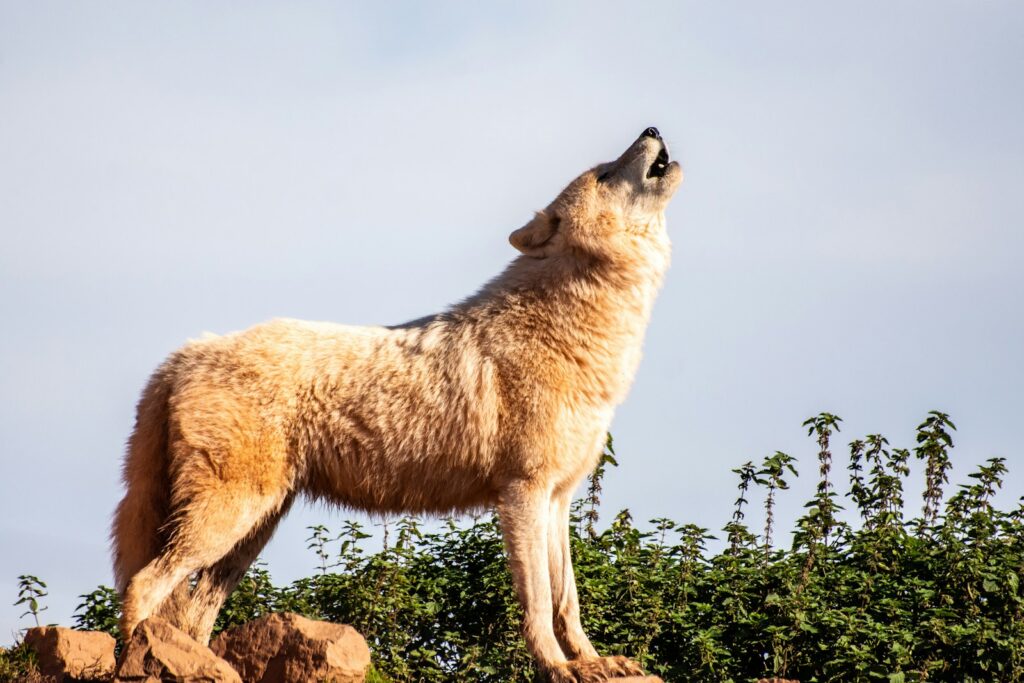
Before European settlement of North America, wolves dominated the landscape as apex predators, naturally limiting coyote populations through competition and direct killing. Historically, wolves occupied vast territories across the continent, while coyotes were largely confined to prairie ecosystems in the American West. As European settlers expanded westward in the 19th and early 20th centuries, systematic wolf extermination campaigns dramatically altered this balance, leading to what ecologists call “mesopredator release”—a situation where middle-sized predators like coyotes flourish without the suppressive effects of larger predators. This ecological vacuum allowed coyotes to expand their range dramatically, becoming one of the most successful mammalian species in North America despite ongoing persecution. The current relationship between wolves and coyotes must be understood against this historical backdrop of human-driven ecological change.
Ecological Roles: Wolves as Apex Predators
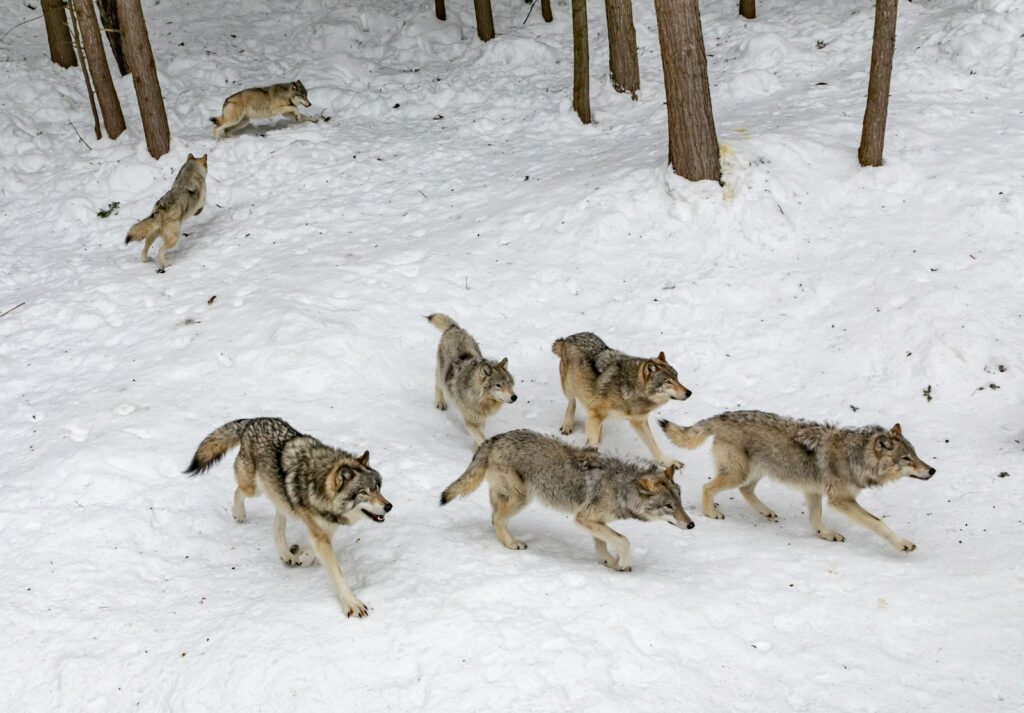
Wolves function as keystone species, exerting influence disproportionate to their numbers on ecosystem structure and function. As true apex predators, wolves help regulate not just prey populations but also other predator species, including coyotes, foxes, and smaller mesopredators. Their hunting behavior, territorial requirements, and social structure contribute to their ecological effectiveness at shaping landscapes through trophic cascades—ecological chain reactions that ripple throughout food webs. Wolf packs, typically consisting of an alpha pair and their offspring, defend large territories that frequently overlap with habitat suitable for coyotes. Their physical adaptations—including larger body size (wolves typically weigh 70-150 pounds compared to coyotes’ 20-50 pounds), stronger jaws, and pack hunting strategies—make wolves formidable competitors and potential killers of coyotes. This apex predator role positions wolves as natural population controllers of mesopredators like coyotes.
Direct Mechanisms of Coyote Suppression
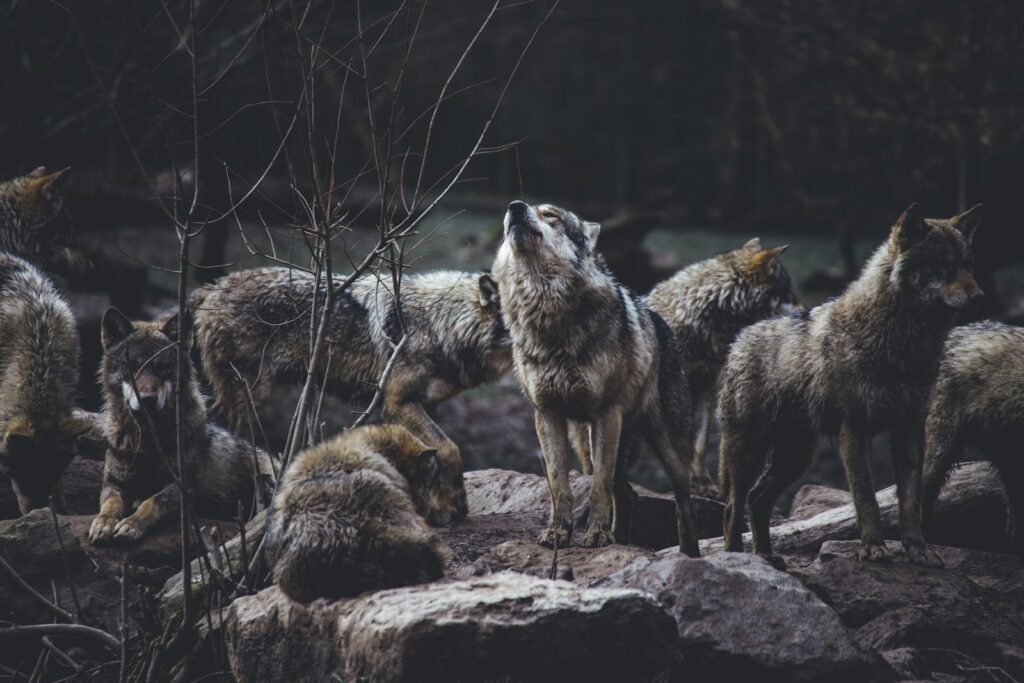
Wolves directly suppress coyote populations through lethal interactions, often killing coyotes they encounter within their territories. Research in Yellowstone National Park following wolf reintroduction documented numerous instances of wolves pursuing and killing coyotes, particularly near wolf den sites or carcasses where wolves are especially territorial. These direct killings serve as a primary mechanism for coyote population reduction in areas with established wolf packs. Interestingly, wolves rarely consume the coyotes they kill, suggesting these interactions represent competitive exclusion rather than predation for food. Studies in the Greater Yellowstone Ecosystem found that wolf-caused mortality accounted for up to 50% of adult coyote deaths in some areas with high wolf density, demonstrating the significant direct impact wolves can have on coyote survivorship. This lethal competition exemplifies interference competition, where one species directly prevents another from accessing resources through aggressive interactions.
Indirect Effects on Coyote Behavior and Distribution
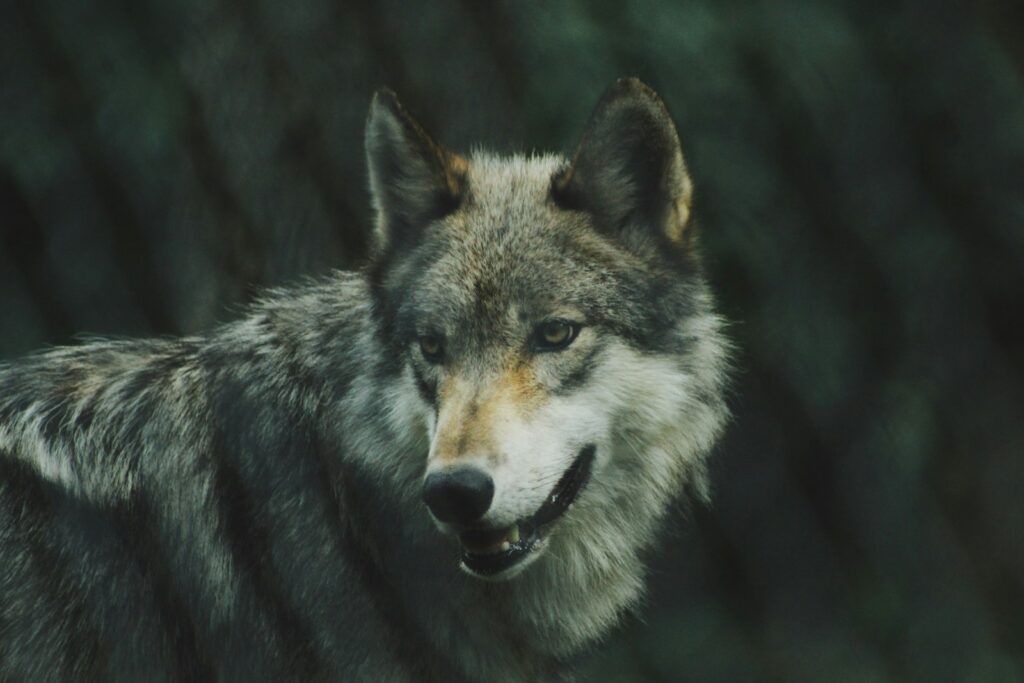
Beyond direct killing, wolves create a “landscape of fear” that fundamentally alters coyote behavior and spatial distribution across shared territories. Coyotes actively detect and avoid areas of intense wolf activity, shifting their movement patterns, hunting behaviors, and den site selections to minimize encounters with wolves. Research employing GPS collar data has documented significant changes in coyote home range size and location following wolf recolonization, with coyotes often retreating to buffer zones between wolf pack territories. These behavioral adaptations come with energetic costs and reduced hunting efficiency for coyotes, as they may be forced into less optimal habitat or must remain vigilant rather than focusing exclusively on hunting. Coyotes in wolf-dominated landscapes also modify their social structure, sometimes forming larger groups that might improve their defensive capabilities against wolf attacks. These indirect effects demonstrate how wolf presence reshapes coyote ecology even without direct lethal interactions.
The Yellowstone Case Study
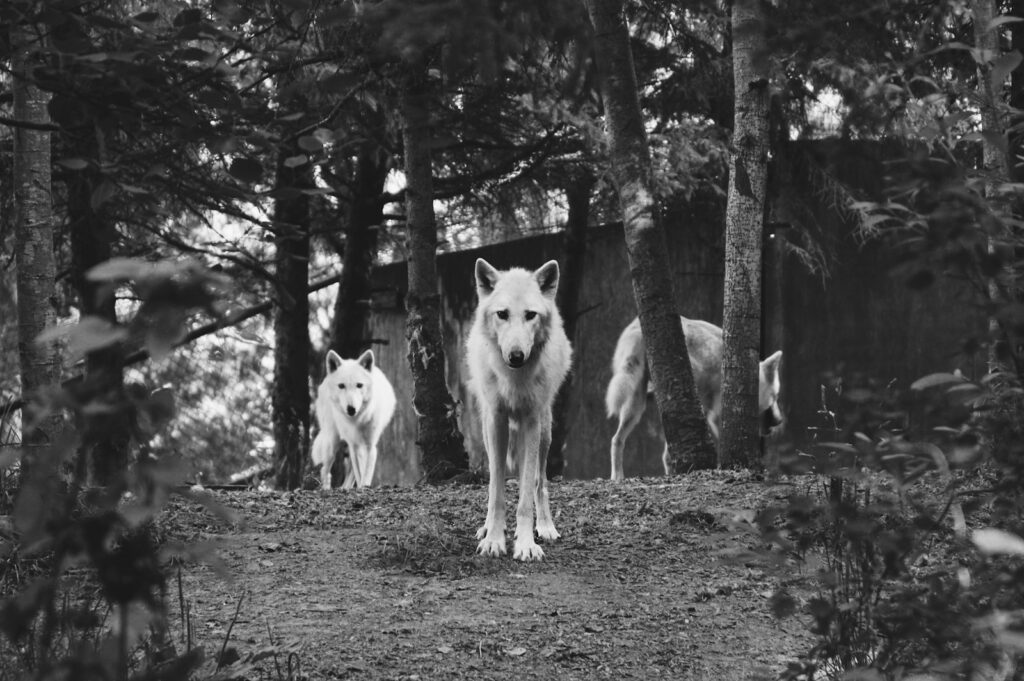
The 1995-1996 reintroduction of wolves to Yellowstone National Park provided scientists with a natural experiment to observe wolf-coyote dynamics in real time. Prior to wolf reintroduction, coyotes had reached unusually high densities in the park, but within two years of wolves returning, researchers documented a 50% decline in coyote populations in the Lamar Valley region. Mark-recapture studies and population surveys confirmed that coyote density decreased by approximately 33-50% across the northern range of Yellowstone following wolf establishment. Beyond numerical reductions, coyote pack sizes decreased from an average of 6 individuals to 3-4 members, and their territorial boundaries shifted dramatically to avoid core wolf activity areas. The Yellowstone case represents perhaps the most well-documented example of wolf-mediated coyote suppression and continues to provide valuable data as this ecological relationship evolves over decades. Long-term monitoring has revealed that after the initial steep decline, coyote populations have stabilized at lower densities, suggesting an ecological new equilibrium between these competing canids.
Cascading Effects on Smaller Predators and Prey Species
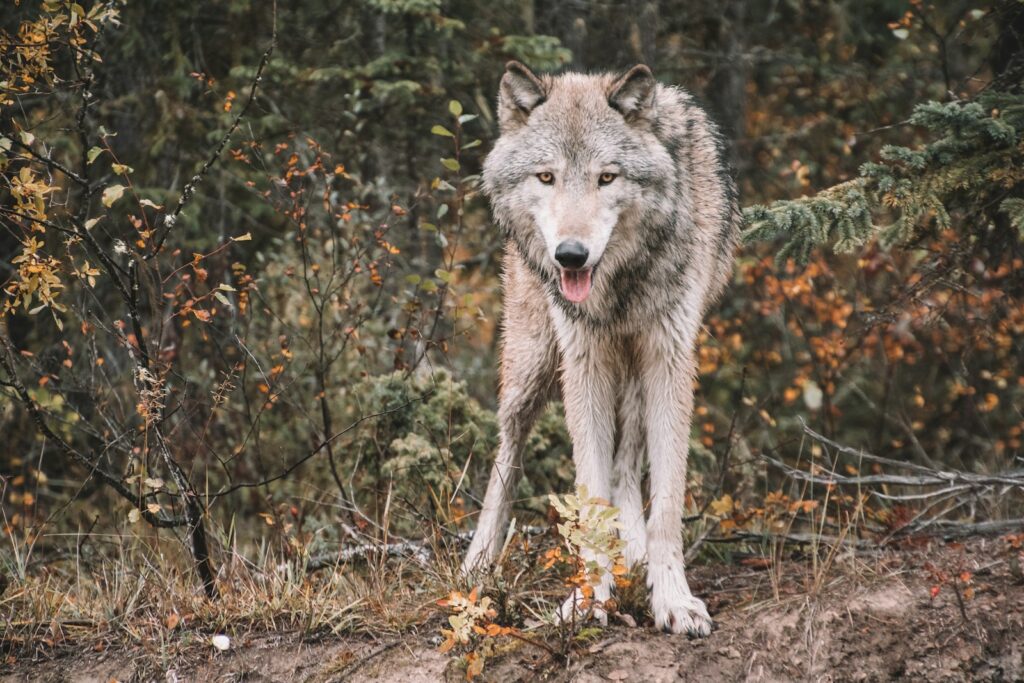
The suppression of coyotes by wolves creates ripple effects throughout the ecosystem, often benefiting smaller predators and altering prey dynamics. In areas where wolves have reduced coyote numbers, researchers have documented increases in fox populations, which are typically suppressed by coyotes through the same mechanisms that wolves use to suppress coyotes. This three-tiered predator relationship exemplifies what ecologists call “mesopredator release cascades,” where the removal of one predator benefits another. Changes in predator community composition also affect prey populations; for instance, wolves and coyotes prefer different prey sizes, with wolves targeting larger ungulates while coyotes more frequently hunt smaller mammals. In Yellowstone, decreased coyote predation following wolf reintroduction has been linked to increases in pronghorn fawn survival rates, as coyotes are significant predators of pronghorn fawns. These cascading effects illustrate how predator-predator interactions can be as ecologically significant as predator-prey relationships in shaping ecosystem structure and function.
Regional Variations in Wolf-Coyote Dynamics
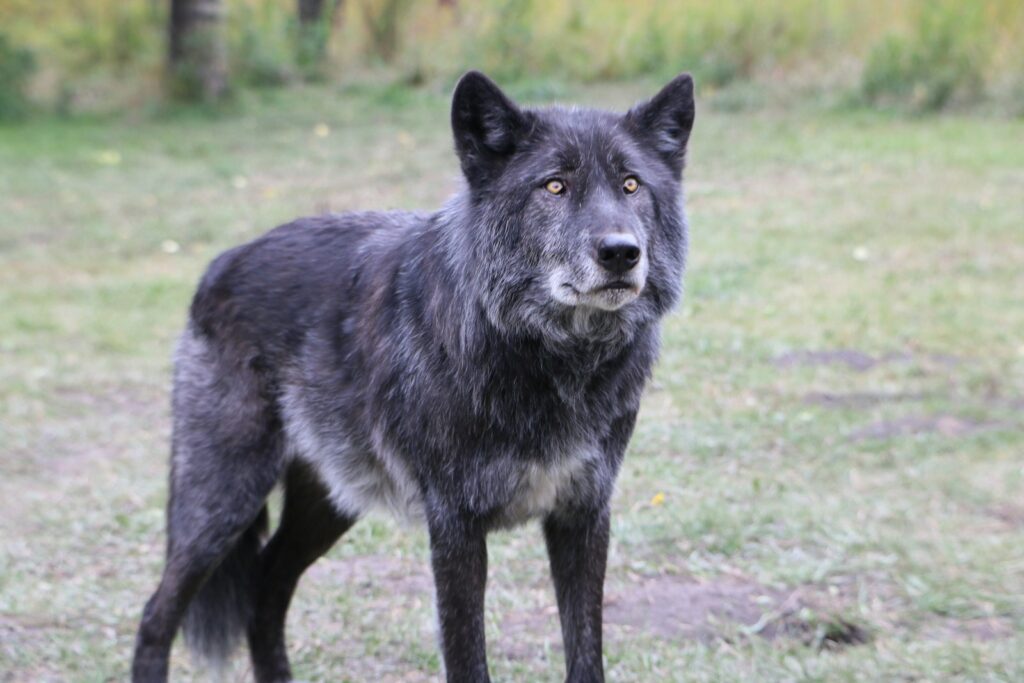
The intensity of wolf influence on coyote populations varies considerably across different landscapes and ecological contexts. In more open habitats like the northern range of Yellowstone, where wolf packs can more easily detect and pursue coyotes, suppression tends to be stronger than in densely forested regions where coyotes have more escape opportunities. Research from Minnesota’s boreal forests, for example, shows less dramatic coyote population reductions compared to the Yellowstone ecosystem, despite sustainable wolf populations. Habitat complexity, prey abundance, snow depth, and human activity all modify the competitive dynamics between these canids. In agricultural landscapes with fragmented habitat, coyotes may find refuge in human-modified environments that wolves tend to avoid, potentially weakening the suppressive effect. Seasonal variations also exist, with interactions intensifying during winter when food resources are scarcer and during denning seasons when both species become more territorial and protective of their young.
Coyote Adaptation Strategies
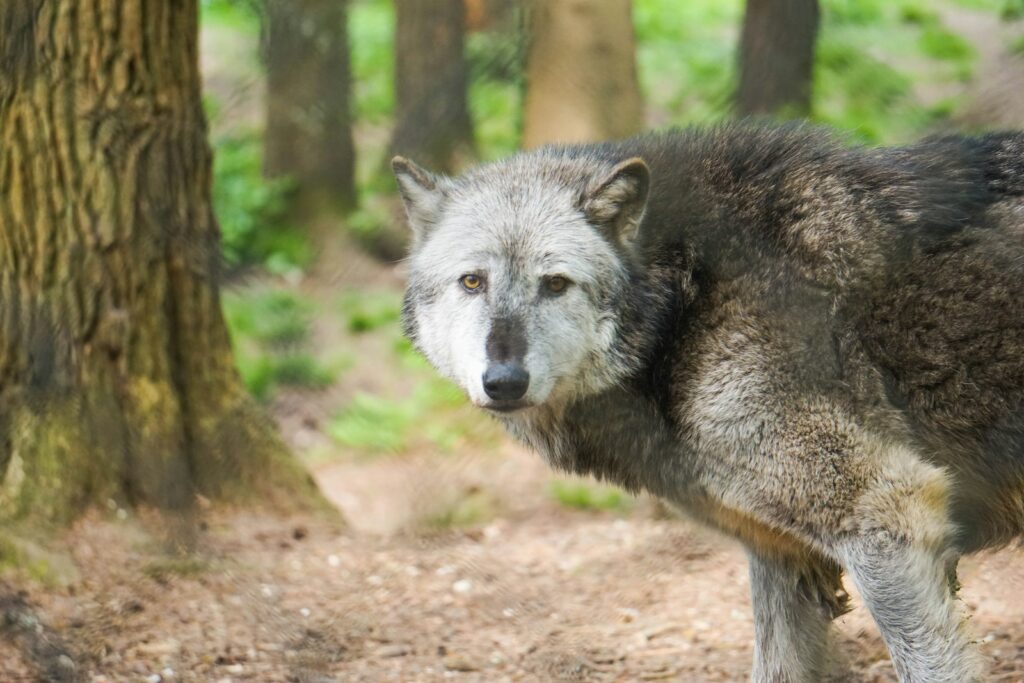
Despite the competitive disadvantage, coyotes have developed remarkable adaptations to persist in wolf-dominated landscapes. One key strategy involves temporal partitioning, where coyotes shift their activity patterns to be less active during peak wolf hunting times, essentially creating temporal refuges from competition. Morphological adaptations have also been observed, with some researchers documenting slightly larger body size in coyotes living in wolf territories, potentially as a selective response to wolf predation on smaller individuals. Perhaps most fascinating is behavioral plasticity – coyotes in wolf country demonstrate heightened vigilance, quicker flight responses, and more cautious approaches to potential food sources like carcasses. Some coyotes have even been observed shadowing wolf packs at a safe distance to scavenge from their kills once wolves have moved on, a high-risk but potentially high-reward strategy. These adaptations highlight the evolutionary dance between these competing canids and the remarkable resilience of coyotes as a species.
Human Dimensions and Management Implications
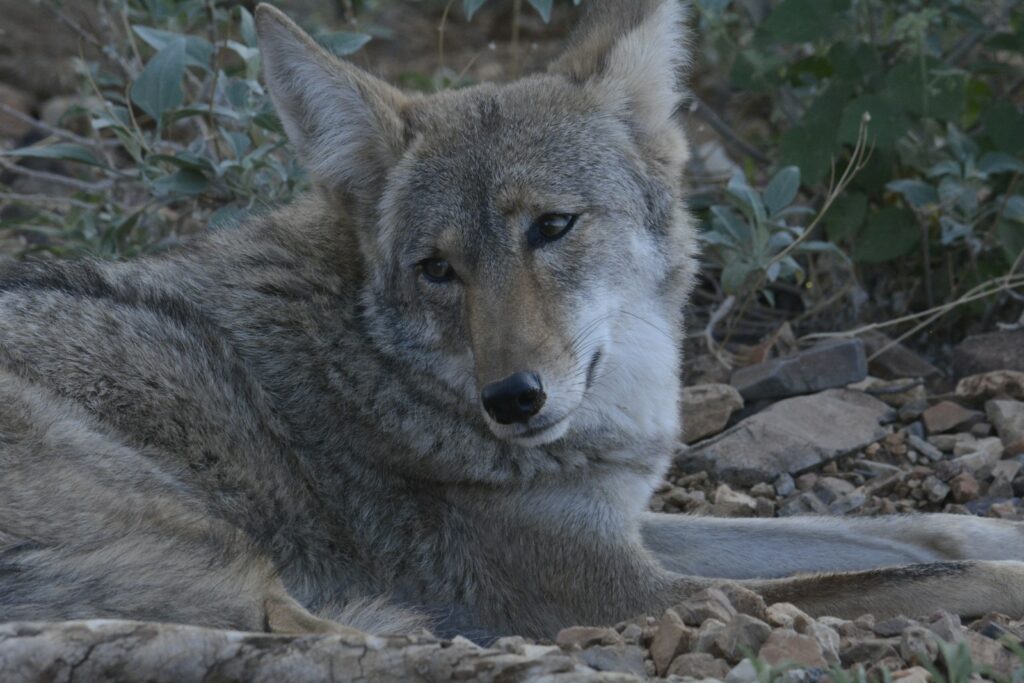
The wolf-coyote relationship carries significant implications for wildlife management and conservation policy across North America. For livestock producers concerned about coyote predation on calves and sheep, wolf presence might initially seem beneficial by naturally suppressing coyote numbers. However, the situation is complicated by wolves posing their own threat to livestock, potentially creating a management dilemma. In areas with endangered prey species vulnerable to coyote predation, such as ground-nesting birds or small mammals, wolf restoration has been suggested as a potential ecological tool to reduce predation pressure. Wildlife managers must carefully weigh these complex interactions when developing predator management strategies. Public perception and cultural values around both wolves and coyotes also influence management approaches, with wolves generally receiving stronger legal protections than coyotes, which remain unprotected in many jurisdictions and subject to year-round hunting and trapping.
Research Methods and Challenges
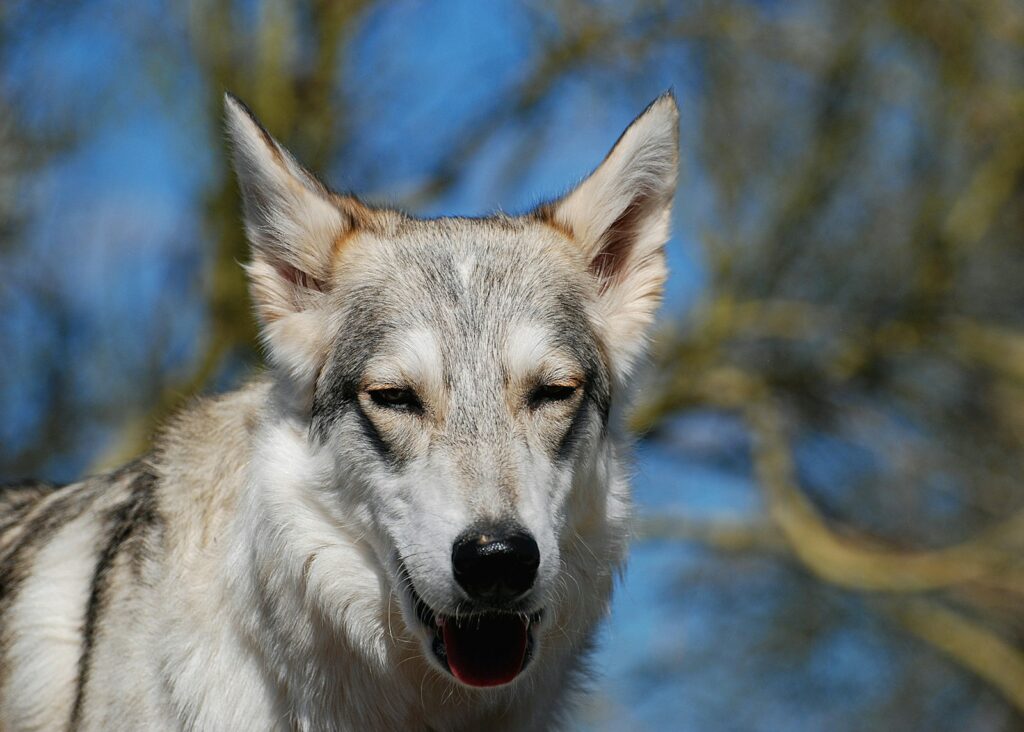
Studying wolf-coyote interactions presents numerous methodological challenges for wildlife researchers. Traditional observational studies have limitations in capturing infrequent but important interaction events across vast landscapes where these animals roam. Modern research increasingly relies on GPS collar technology, allowing simultaneous tracking of both species to identify spatial avoidance patterns and potential conflict zones. Camera trap networks provide another valuable tool for documenting behavioral responses at specific landscape features like carcasses or travel corridors. Genetic techniques have expanded research possibilities by enabling the investigation of stress hormone levels, population structures, and even dietary analysis through non-invasive scat sampling. Despite these advanced methods, researchers still struggle with attributing population changes specifically to wolf influence rather than other factors like disease, human harvest, or habitat alterations. Long-term studies across multiple ecosystems provide the most reliable insights, though funding for such extended research remains challenging to secure.
Coexistence and Niche Partitioning
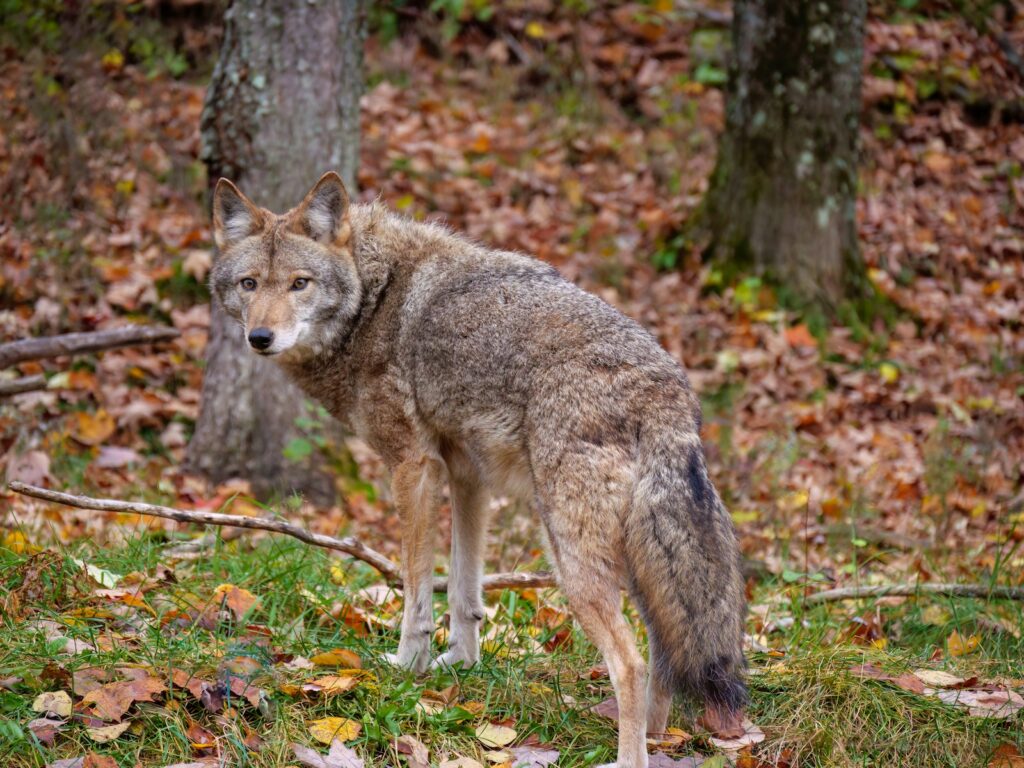
Despite competitive pressures, wolves and coyotes have coexisted for thousands of years through ecological niche partitioning. In areas of sympatry (shared range), coyotes typically modify their ecological role, often focusing more heavily on smaller prey items and plant materials than they would in wolf-free landscapes. Research on diet composition shows that where wolves focus primarily on large ungulates like elk, deer, and moose, coexisting coyotes increase their consumption of small mammals, insects, fruits, and carrion. Spatial partitioning also facilitates coexistence, with coyotes occupying edge habitats between wolf territories or areas with greater human influence that wolves tend to avoid. Temporal separation, where coyotes adjust their activity patterns to reduce overlap with wolf activity, represents another dimension of niche partitioning. This ecological separation has evolved over their shared evolutionary history and demonstrates how competing species can persist together by exploiting different aspects of available resources, even when one holds a competitive advantage.
Wolf Reintroduction and Recovery Programs
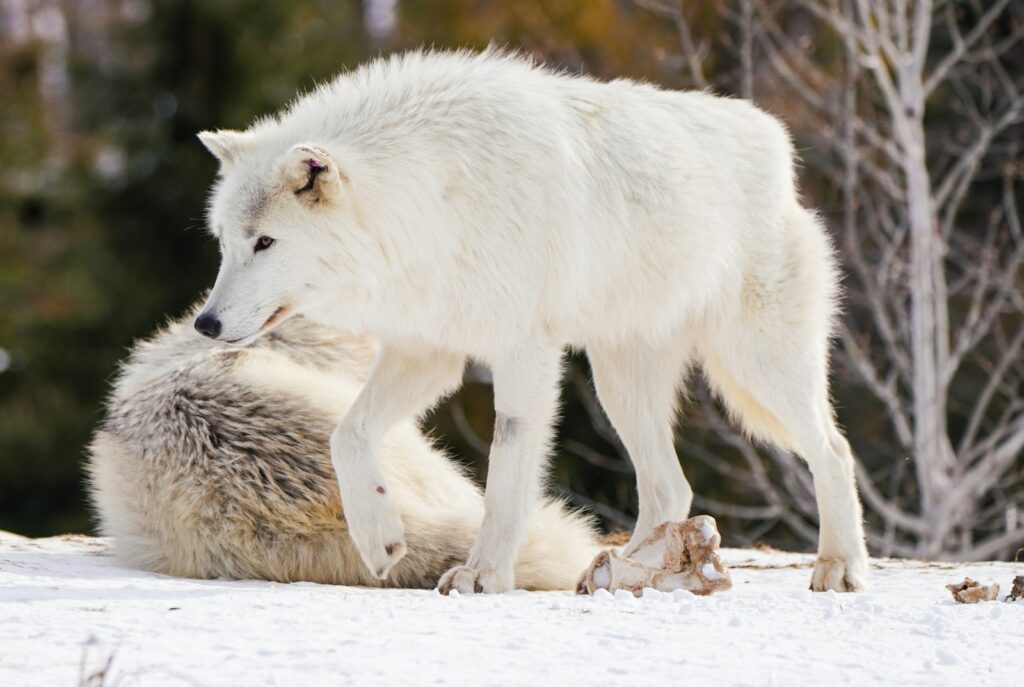
Contemporary wolf restoration efforts across North America provide valuable opportunities to observe the re-establishment of natural wolf-coyote dynamics. Beyond the famous Yellowstone reintroduction, natural wolf recovery in the Great Lakes region, ongoing wolf management in the Northern Rockies, and potential Colorado wolf reintroduction all offer insights into how these species interactions unfold in different contexts. Wildlife managers increasingly consider these interspecific relationships when planning reintroduction efforts, sometimes explicitly citing potential mesopredator suppression as a benefit of wolf recovery. Monitoring protocols for wolf recovery programs now commonly include tracking impacts on coyote populations as an ecological indicator of restoration success. Restoration efforts must balance multiple ecological and social factors, including agricultural interests, recreational hunting opportunities, ecosystem health metrics, and endangered species recovery goals. The complexity of these considerations demonstrates why predator management has become one of the most scientifically nuanced and socially contentious aspects of wildlife conservation in North America.
Future Research Directions
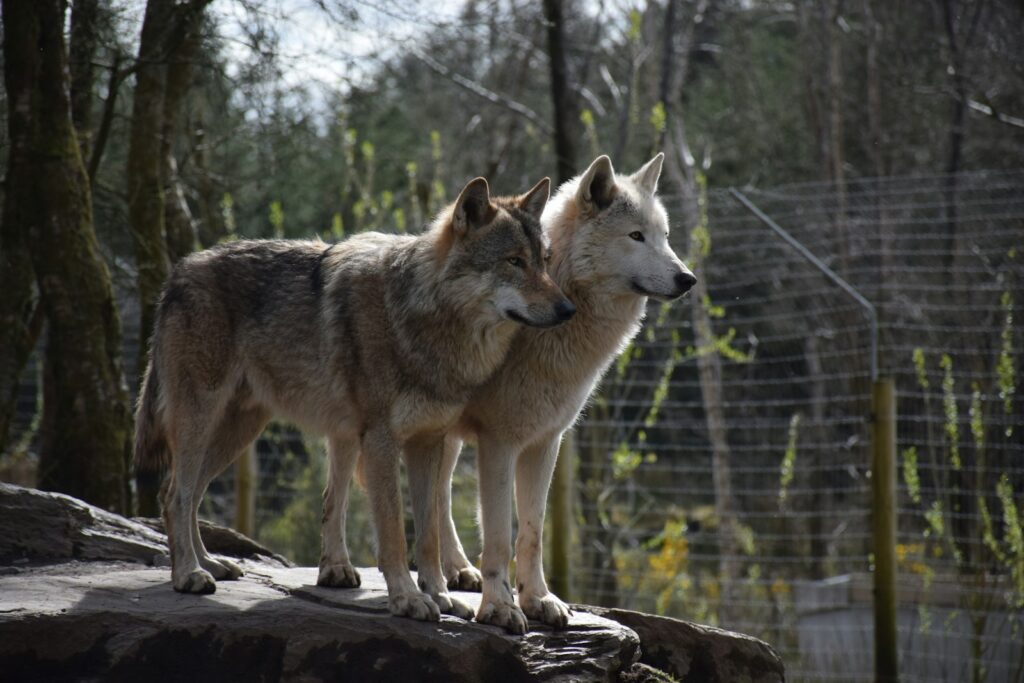
Several critical questions about wolf-coyote dynamics remain unanswered, creating fertile ground for future ecological research. One pressing area concerns how climate change might alter competitive interactions between these species, as changing snow conditions, prey availability, and habitat distributions could shift the competitive balance. Another important research direction involves understanding how human landscape modifications, including urbanization and agricultural intensification, mediate wolf-coyote dynamics in increasingly anthropogenic environments. Genetic questions also remain, particularly regarding hybridization potential between wolves and coyotes in some regions and how such gene flow might influence competitive relationships. Technological advances in tracking, genomics, and modeling will enable researchers to address these questions with increasing precision. Long-term studies remain particularly valuable, as the initial impacts of wolf recovery on coyote populations may differ from equilibrium conditions that develop over decades of coexistence. These research directions will provide vital information for predicting ecosystem responses to changing predator communities across North America.
Conclusion
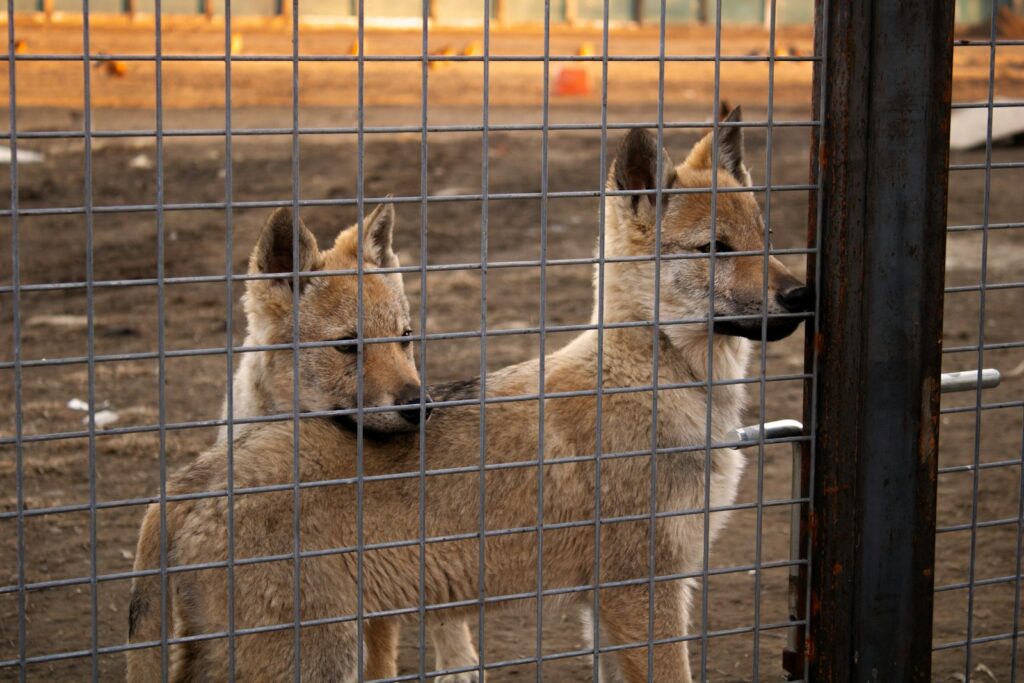
The relationship between wolves and coyotes illustrates nature’s complex regulatory systems, where apex predators help maintain ecological balance through both direct and indirect interactions with mesopredators. As wolf recovery continues across portions of their historical range, we can expect continued adjustments in coyote populations, behaviors, and ecological functions. This natural check-and-balance system demonstrates the importance of preserving complete predator guilds in maintaining healthy ecosystems. While wolves certainly reduce coyote numbers in areas where they establish territories, complete elimination is neither the outcome nor the ecological goal. Rather, these species reach a new equilibrium reflecting their evolutionary history as competitors with differentiated ecological niches. Understanding these dynamics not only advances ecological science but also provides valuable insights for wildlife management and conservation planning in an era of unprecedented environmental change.

